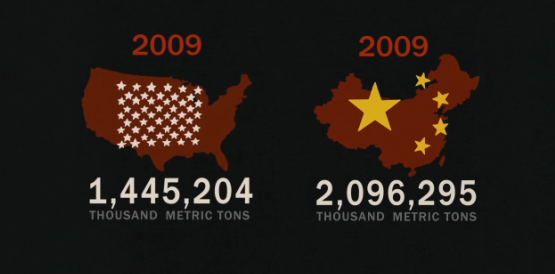The Atlantic has created “The User’s Guide to Energy,” a special report on the magazine’s website. While content is still being added, the website will feature a series of six videos and a collection of short articles that describe energy’s history and its impact on climate change. This guide answers some of society’s most basic energy questions about energy sources, major energy consumers, and solutions to reducing emissions and reversing climate change.
For the last several centuries, the world has continued to use fossil fuels as its main sources of energy. This includes coal, oil, and, increasingly, gas. While renewable energy sources are beginning to gain traction in certain parts of the world, a transformation in the energy landscape will take some time.
Americans consume more energy per capita than do citizens from nearly any other country in the world. Big cars, big homes, and more gadgets account for this extra energy usage. And other countries are beginning to catch up. While the U.S. has been the biggest emitter of carbon dioxide historically, its consumption trends have leveled off and even declined slightly in recent years. Meanwhile, other countries, especially China, have greatly increased their energy usage as they continue to develop and consume more energy (mainly carbon-intensive coal) to fuel their industrializing economies. In the last few years, China’s overall carbon dioxide emissions surpassed those of the U.S., and its per capita emissions have nearly tripled in just one decade. Steering the world away from high energy consumption will require robust, collaborative efforts from all regions.

“The User’s Guide to Energy” suggests three solutions that minimize the impacts of climate change. First is a global, binding emissions treaty that will reduce emissions fastest in the richest, most polluting countries. The guide argues that, while some countries have a greater impact on climate change than others, in the end, solving the issue requires a collaborative, worldwide effort. This will likely require a global carbon price, established either through a carbon tax or cap and trade program. Second is increased support for zero-emissions technologies, especially for wind and solar. This solution may be more politically feasible in the short-term than establishing a carbon price. Lastly, we need a smarter grid that will integrate a diverse set of clean energy sources. If the world can achieve these three objectives, we can transition our planet away from the vicious cycle of climate change, and toward the virtuous cycle of sustainable energy solutions.
